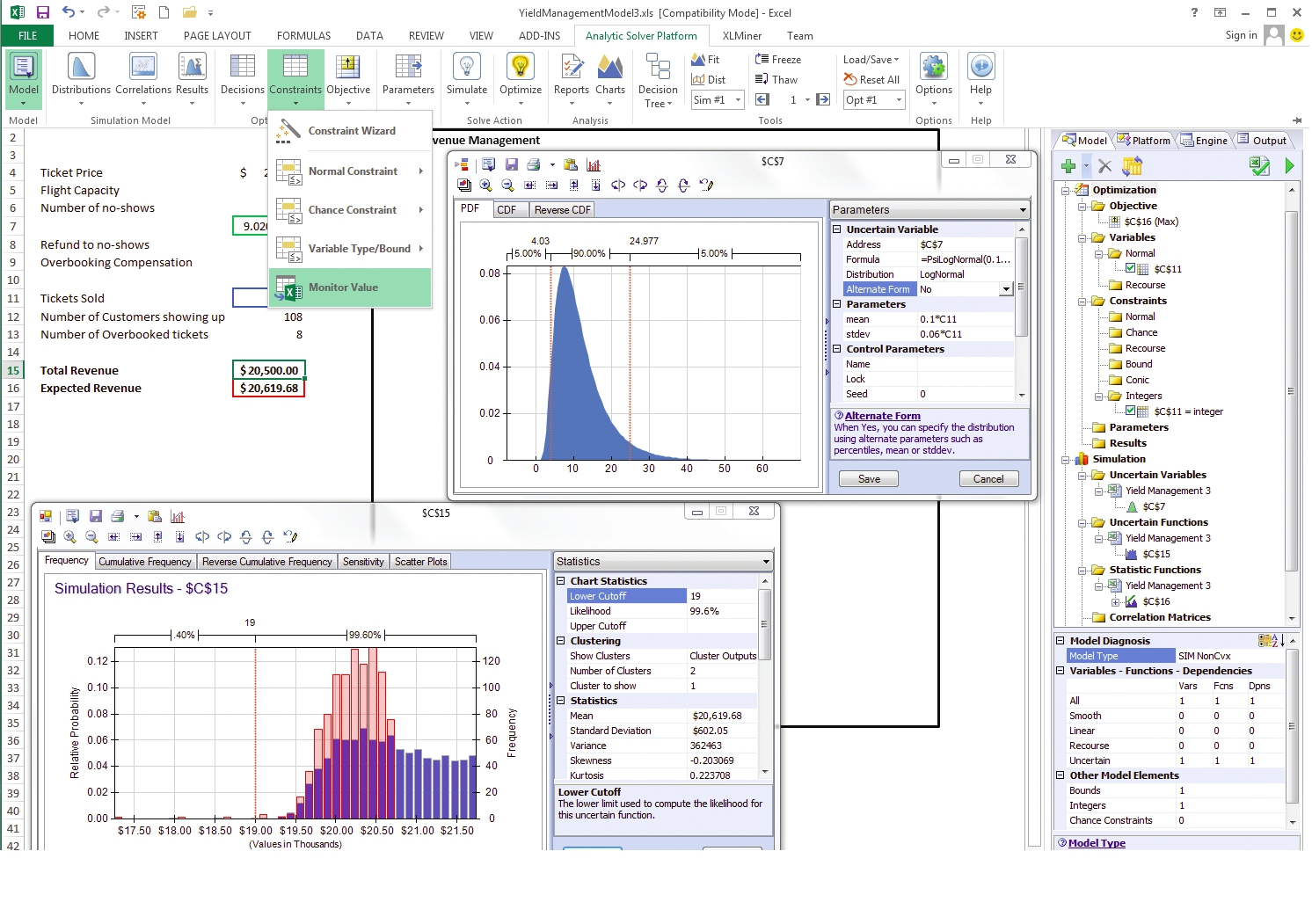


Complete CoG localization is then obtained by repeating the measurement after rotating the PUT. In principle, the offset of the CoG from the pivoting axis can be retrieved by measuring the force acting on a point at a certain distance from the axis itself, once the total mass of the payload is known. Static methods are often based on the pivoting axis system: the payload under test (PUT) is mounted on an instrument featuring a pivoting axis. Typically, the methods for measuring CoG of an S/C fall into two broad categories, that is, static methods and dynamic methods. Thus, cost-effective and easy-to-implement alternatives shall be pursued. However, the development of such a class of S/C is highly cost-driven, whereas methods for measuring the CoG commonly employed for larger platforms, being highly accurate, require rather complex and expensive equipment. In this respect, it is known that accurate attitude and orbit control systems rely on the precise knowledge of the spacecraft CoG. Often developed as part of university educational programs, they have been dominating this segment in the last two decades.

The growing interest for the development of light, small, highly capable spacecraft (S/C) platforms for a wide range of missions demands for a boost in performance from the standards established by the multitude of low-cost micro/nanosatellites. The retrieved experimental error distribution agrees well with the results predicted through simulations, which in turn lead to a CoG error norm smaller than 2 mm with 95% confidence level. Thanks to a quantitative error budget, we obtained an error distribution with simulations, which we verified through experimental tests. We performed an experimental campaign to verify the method and assess its accuracy. By performing two consecutive suspensions from two different points, the CoG is determined, ideally, as the intersection between two lines which are uniquely defined by the respective rotations. This method, which can be ascribed to the class of suspension techniques, is based on dual-axis inclinometer readings. We propose a simple and relatively inexpensive method for determining the center of gravity (CoG) of a small spacecraft.


 0 kommentar(er)
0 kommentar(er)
